Nitrocellulose is a highly versatile industrial chemical widely used in coatings, inks, automotive refinishes, leather finishes, and specialty films. With growing demand in manufacturing, packaging, and automotive industries, setting up a nitrocellulose production plant offers attractive business opportunities—provided you approach it with proper planning, strict safety measures, and the right technology.
This step-by-step guide explains everything you need to know to start a nitrocellulose plant, including site selection, plant layout, necessary equipment, key process steps, and safety measures.
Step-by-Step Guide to Setup Nitrocellulose Production Facility
Step 1: Conduct a Comprehensive Feasibility Study
Before starting the project, evaluate:
- Market demand for nitrocellulose across coatings, printing inks, and wood finishes
- Your target customers (paint manufacturers, ink producers, leather finishing units, etc.)
- Production capacity based on local or export demand
- Raw material availability (cellulose/cotton linters and industrial acids)
- Regulatory requirements and environmental restrictions
- Potential risks, including fire hazards, waste disposal needs, and compliance obligations
A feasibility study provides insight into total investment, expected returns, and operational challenges—helping you make informed decisions.
Step 2: Site Selection and Plant Layout
Nitrocellulose is a flammable and hazardous material, making site selection a critical factor in project safety and compliance.
What to consider when selecting a site:
- Location away from densely populated areas
- Easy access to raw materials, transportation, and utilities
- Compliance with fire, safety, and environmental zoning regulations
- Availability of water for cooling and washing processes
- Space for future expansion, effluent treatment, and safety buffers
Ideal plant layout should include:
- Raw material storage areas (cotton linters, acids)
- Nitration section (kept isolated due to high reaction risk)
- Washing and stabilization units
- Dehydration and drying zones
- Blending, grading, and packaging areas
- Hazardous chemical storage and neutralization units
- Effluent treatment plant
- Fire-safety systems and emergency exits
- Separate QC laboratory and administrative block
- Dedicated safe storage warehouse for final nitrocellulose
A well-structured layout ensures smooth material movement while maintaining strict separation between hazardous and non-hazardous operations.
Step 3: Procure Key Equipment
Setting up a nitrocellulose production plant requires specialized chemical processing equipment designed to operate safely under controlled conditions.
Essential equipment includes:
- Nitration reactors (acid-resistant, explosion-proof)
- Reaction vessels and mixers
- Centrifuges for separating nitrated cellulose
- Washing tanks for removing residual acids
- Neutralization and stabilization tanks
- Solvent recovery systems (if producing dissolved grades)
- Dehydration units and vacuum dryers
- Blending and grading equipment
- Cooling systems, pumps, and circulation units
- Effluent treatment systems (acid neutralization, sludge handling)
- Safety systems such as scrubbers, flameproof motors, sensors, and sprinklers
Choosing reliable equipment suppliers ensures operational efficiency and compliance with industry standards.
Step 4: Understand the Production Process
Nitrocellulose is typically produced through controlled chemical nitration of cellulose using a mixture of nitric and sulfuric acids.
Here’s a simplified step-by-step manufacturing overview:
1. Raw Material Preparation
Cellulose (usually cotton linters) is cleaned and cut to appropriate size before processing.
2. Nitration
Cellulose is carefully reacted with a mixed acid solution.
- The reaction is highly exothermic
- Temperature control is critical
- Proper mixing ensures uniform nitration
3. Separation
Post-reaction, the nitrated cellulose is separated from the acid mixture using centrifuges.
4. Washing Process
Multiple washing stages remove residual acid to prevent decomposition and ensure product stability.
5. Neutralization and Stabilization
The material is treated with neutralizing agents to eliminate acidic residues.
This step ensures long-term stability and safety of the final product.
6. Dehydration
Water is removed through centrifuging or vacuum drying.
7. Drying
Controlled drying reduces moisture content to safe levels.
8. Blending and Grading
Depending on customer requirements, different grades are prepared based on viscosity, nitrogen content, or application needs.
9. Packaging and Storage
Final nitrocellulose is packed in moisture-proof, fire-resistant containers and stored in specially designed warehouses.
Step 5: Prioritize Safety Measures (Critical for Nitrocellulose Plants)
Nitrocellulose is highly flammable, so strict safety protocols must be followed at every stage.
Essential safety measures include:
- Explosion-proof equipment and flameproof electrical fittings
- Proper temperature monitoring and control systems
- Non-sparking tools and chemical-resistant flooring
- Automatic fire detection and suppression systems
- Adequate ventilation and isolation of hazardous zones
- Strict PPE use and employee training
- Safe handling, transfer, and disposal of acids
- Regular inspection and maintenance of all equipment
- Documented emergency response procedures
A robust safety culture is vital to ensure reliable and risk-free operations.
Step 6: Packaging, Storage, and Distribution
Nitrocellulose must be handled and stored responsibly to prevent fire hazards.
- Use metal drums or approved containers
- Maintain controlled temperatures and humidity levels
- Follow local regulations for storage of hazardous materials
- Arrange safe, certified transportation for outbound shipments
Efficient distribution networks help you reach customers in coatings, printing inks, and industrial chemical sectors.
Step 7: Estimate Investment and Cost Planning
Although exact values vary by scale, your investment typically includes:
- Land and building development
- High-grade chemical processing equipment
- Safety and effluent management systems
- Utilities (water, electricity, cooling systems)
- Skilled and technical labor
- Certification and compliance expenses
- Working capital for raw materials and operational costs
A cost analysis helps determine break-even points, profitability, and financial sustainability.
Starting a nitrocellulose production plant requires a balance of technical understanding, safety expertise, and sound financial planning. With proper site selection, quality equipment, and strong safety protocols, entrepreneurs can successfully establish a competitive and sustainable operation.



